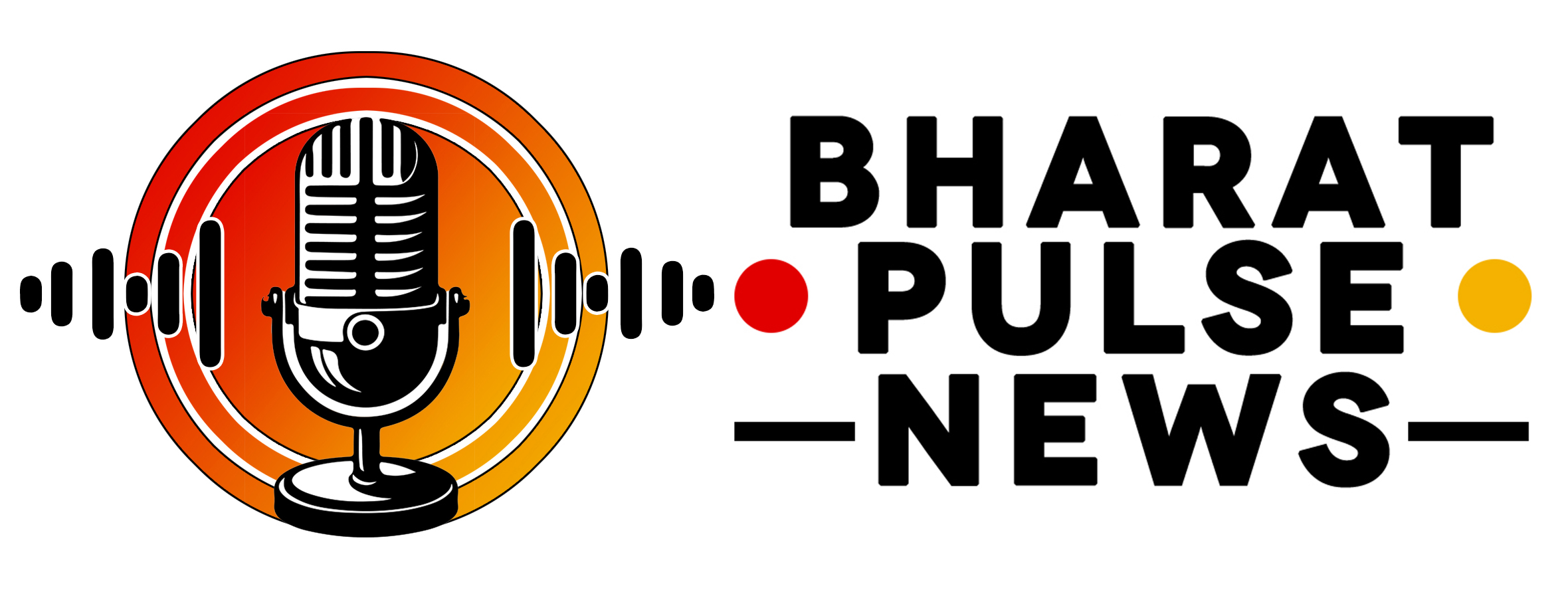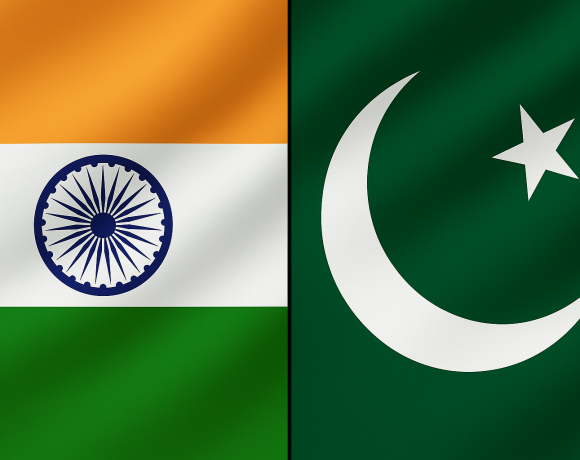
India’s Subprime Lending Surge Raises Concerns of Debt Crisis
India’s microfinance and subprime lending sector has experienced explosive growth, with subprime loans increasing by 2,100% in recent years. What was once positioned as a tool to drive financial inclusion has now ballooned into a $45 billion industry, primarily offering small, unsecured loans to low-income borrowers lacking access to formal banking.
This rapid expansion, driven by the ease of digital lending and aggressive disbursement models, is now raising red flags about the long-term sustainability of the sector and the well-being of millions of borrowers.
Widespread Financial Distress and Rising Defaults
Recent trends indicate that 68% of borrowers in the subprime segment are under severe financial stress. Overdue loans—specifically those delayed by 91 to 180 days—have jumped to 3.3% from just 0.8% less than a year ago, signaling growing difficulty among borrowers to keep up with repayments.
More alarming is the rise in debt recycling, with 27% of individuals reportedly taking fresh loans simply to service existing ones. This is a classic sign of a deepening debt trap, one that has started to affect families socially—forcing school dropouts, income sacrifices, and growing desperation among the rural and urban poor.
Socioeconomic Fallout and Urgent Need for Oversight
The unchecked growth in subprime lending is beginning to mirror early signs of a systemic credit problem. For many borrowers, especially those without a steady source of income, these loans become a lifeline that quickly transforms into a financial noose. With repayment schedules unaligned to actual earning patterns and interest rates often steep, the risk of mass defaults looms large.
Experts are now calling on the Reserve Bank of India to tighten regulatory supervision. Suggestions include capping loan exposure, enforcing responsible lending standards, and improving borrower education to prevent exploitation. Without decisive intervention, the financial sector could face a ripple effect, and vulnerable households may continue to spiral deeper into insolvency.
Time for a Course Correction
While the promise of financial inclusion through microcredit remains important, the current model of subprime lending has veered dangerously off course. What began as a means to uplift underserved communities is now on the verge of becoming a large-scale financial and social crisis.
India stands at a critical juncture—either enforce tighter controls now or face the consequences of a ticking debt time bomb that threatens to explode at the cost of millions of households already hanging by a thread.


















